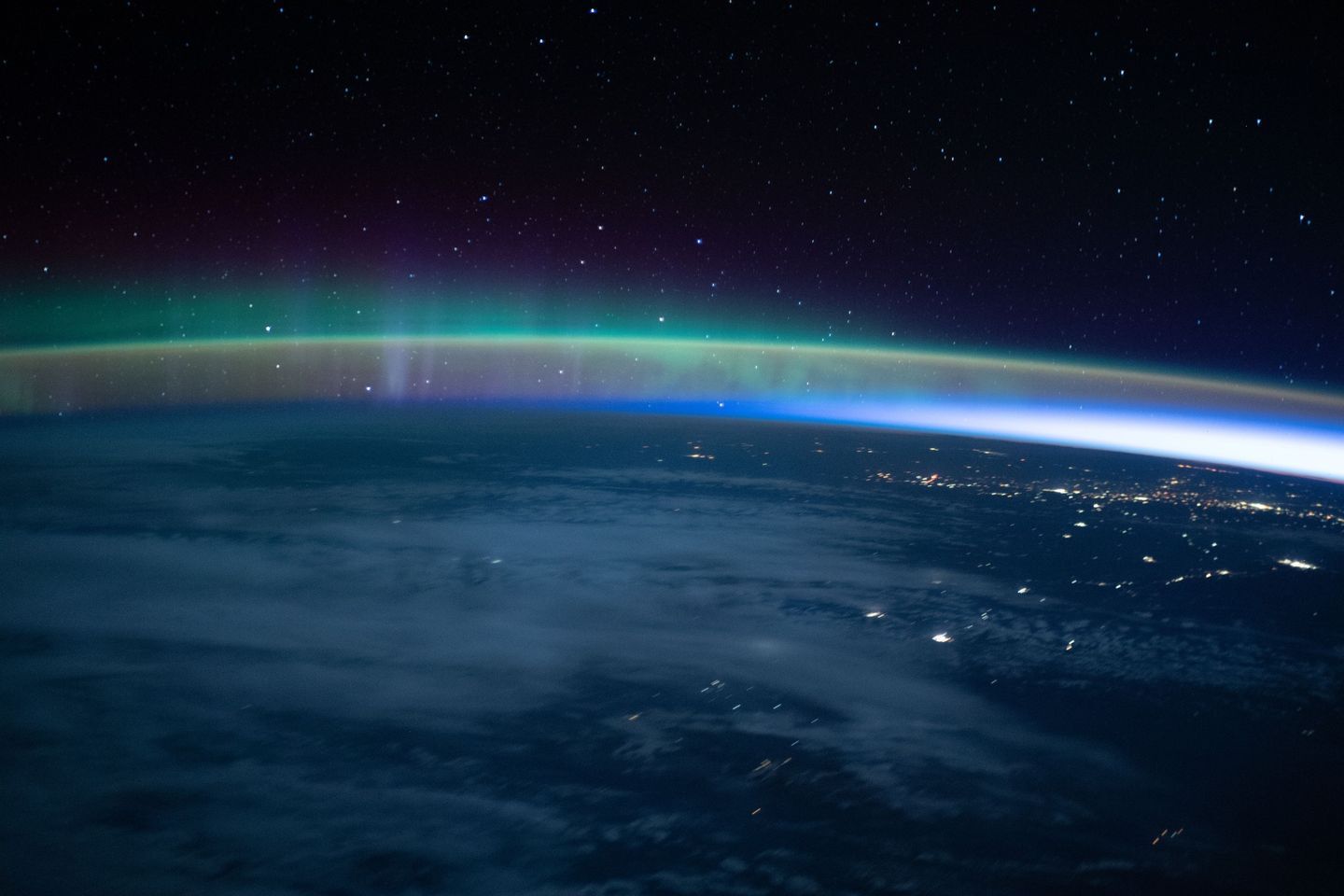NASA’s International Space Station recorded photographs of an ancient lava flow stretching across the desert on the west side of Carrizozo.
A member of the space station took a photo of the Carrizozo Malpais, a huge basaltic lava flow believed to be about 5,000 years old.
Dr. Larry Crumpler, Research Curator at the New Mexico Museum of Natural History and Science told KRQE the lava flow started from an unusual volcanic eruption that was very large in volume, as evidenced by the photos. Dr. Crumpler said. “Estimates of the volume of the lava that was actually erupted is around five cubic kilometers, plus or minus; it’s very imprecise.”
The Carrizozo lava flow is 75 km from event to tip, researchers estimate. Dr. Crumpler told KRQE there is evidence the slow-moving Carrizozo eruption lasted for several years.
Though from space the Carrizozo Malpais might appear to be one big flow, Dr. Crumpler indicated it’s actually a combination of many tiny, different lava flows. “It’s very complicated and we’re just learning how to map those; that sequence,” Dr. Crumpler told KRQE.
He pointed out that the flows had a tremendous impact on the landscape as they flowed away from the eruptions. “These [eruptions] have environmental consequences that just aren’t really appreciated because they’re not big, bad, and explosive,” Dr. Crumpler said. “They were really bad because they put out [sulfuric dioxide] gasses.”
He also added that the Carrizozo Malpais and the McCarty’s lava flow in Cibola County are the youngest, longest, lava flows on the North American continent. The Carrizozo lava flow is 5,000 years old and 75 km from event to tip. McCarty’s is about 3,000 years old and 40 km long.









